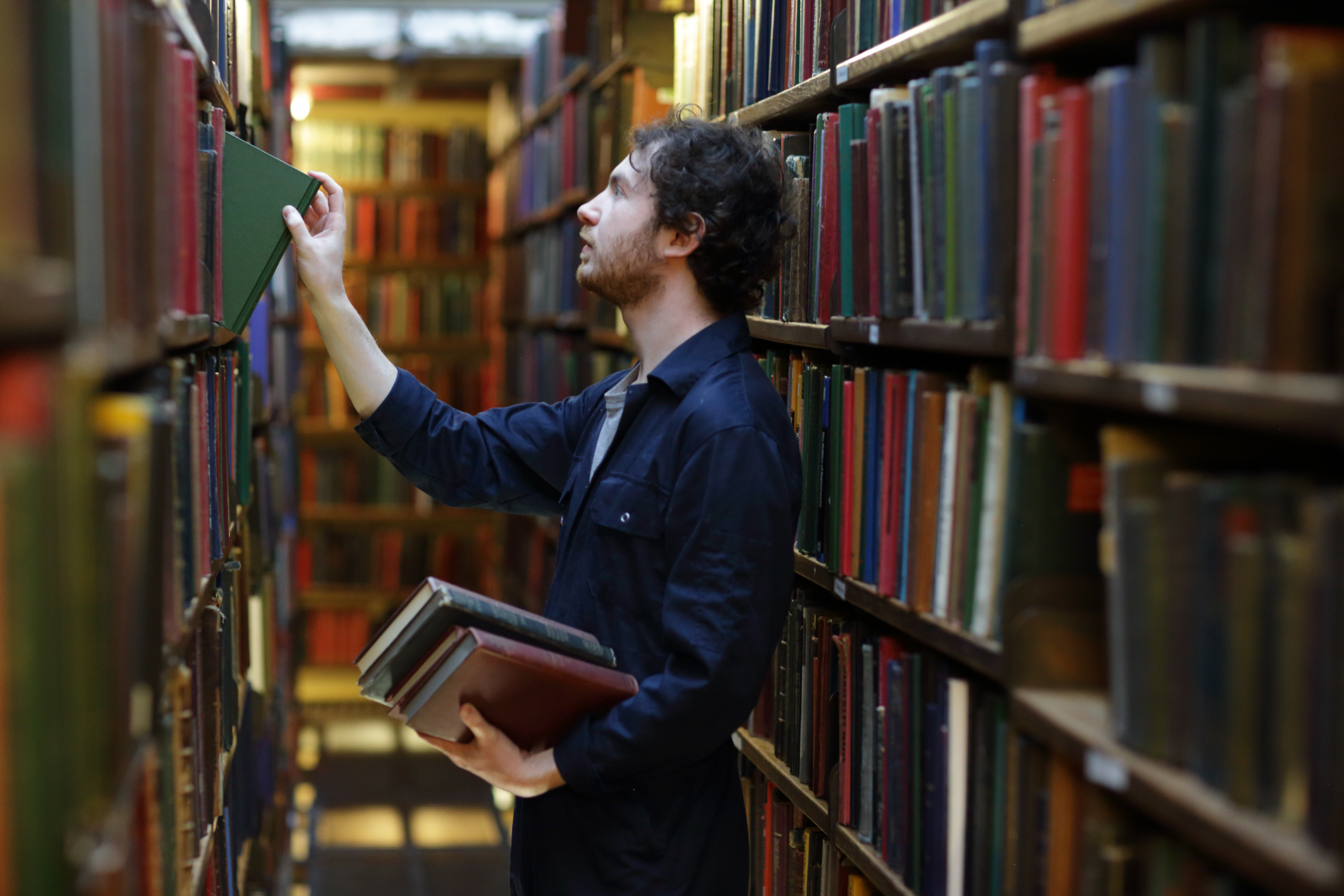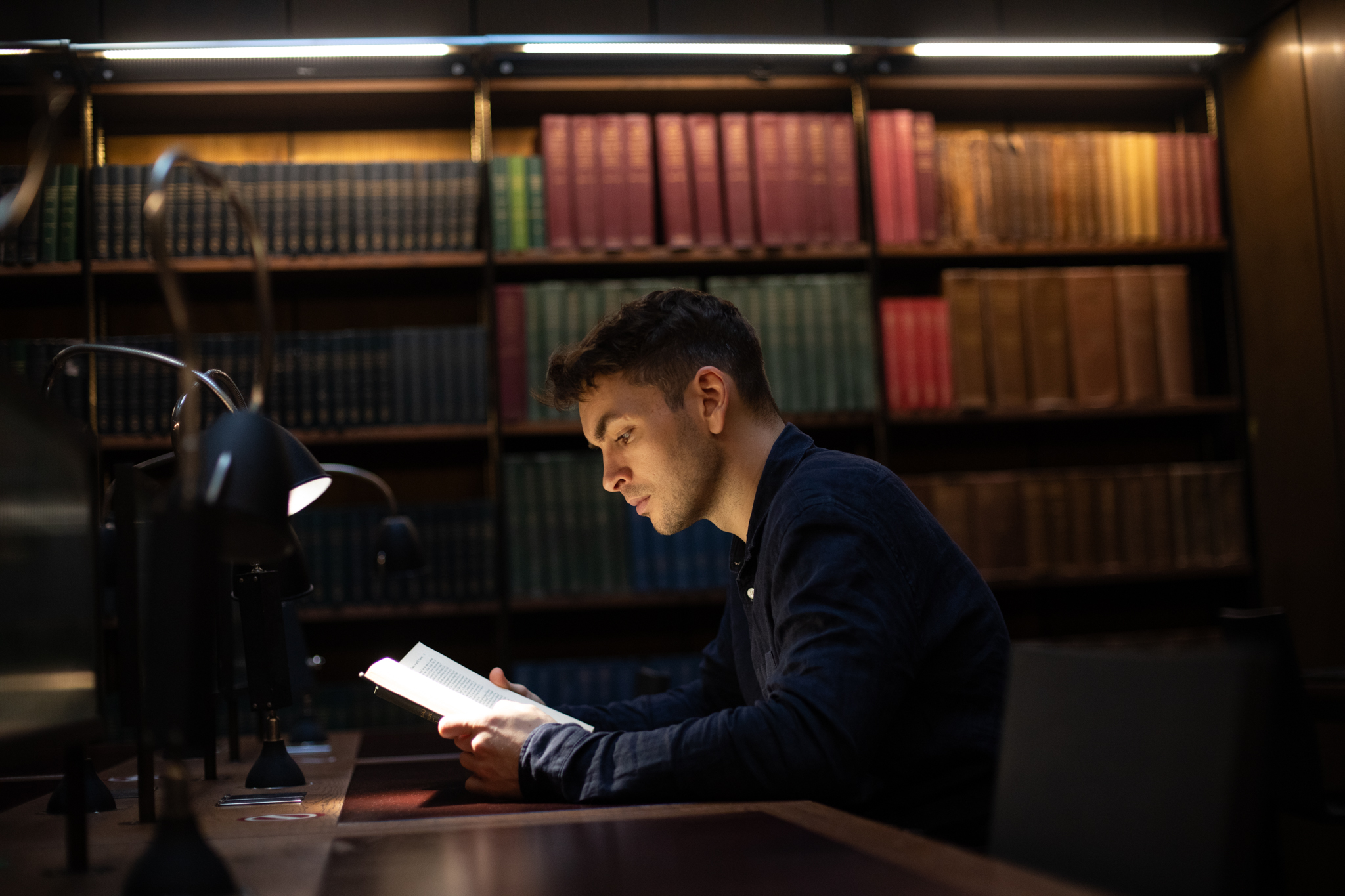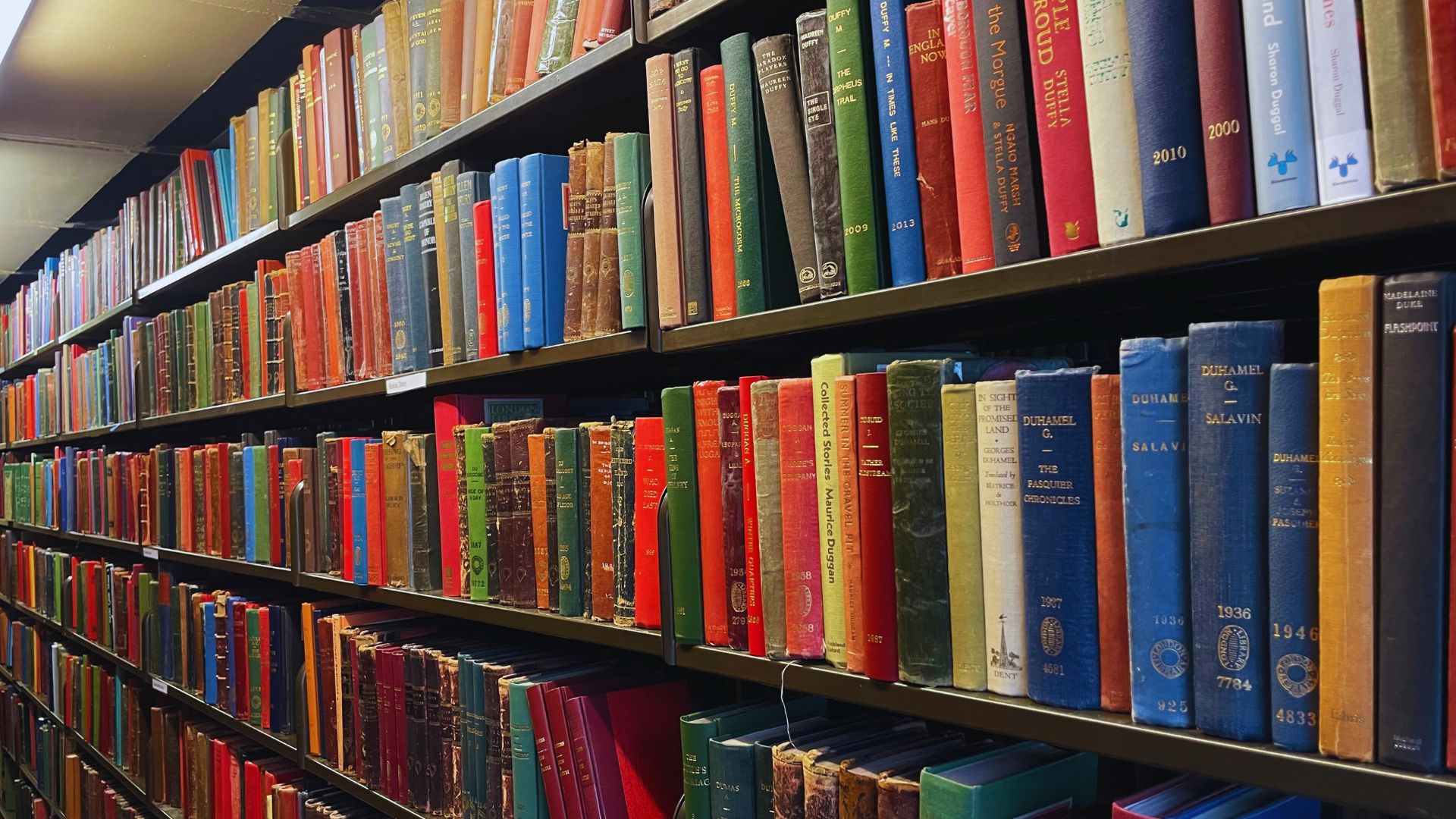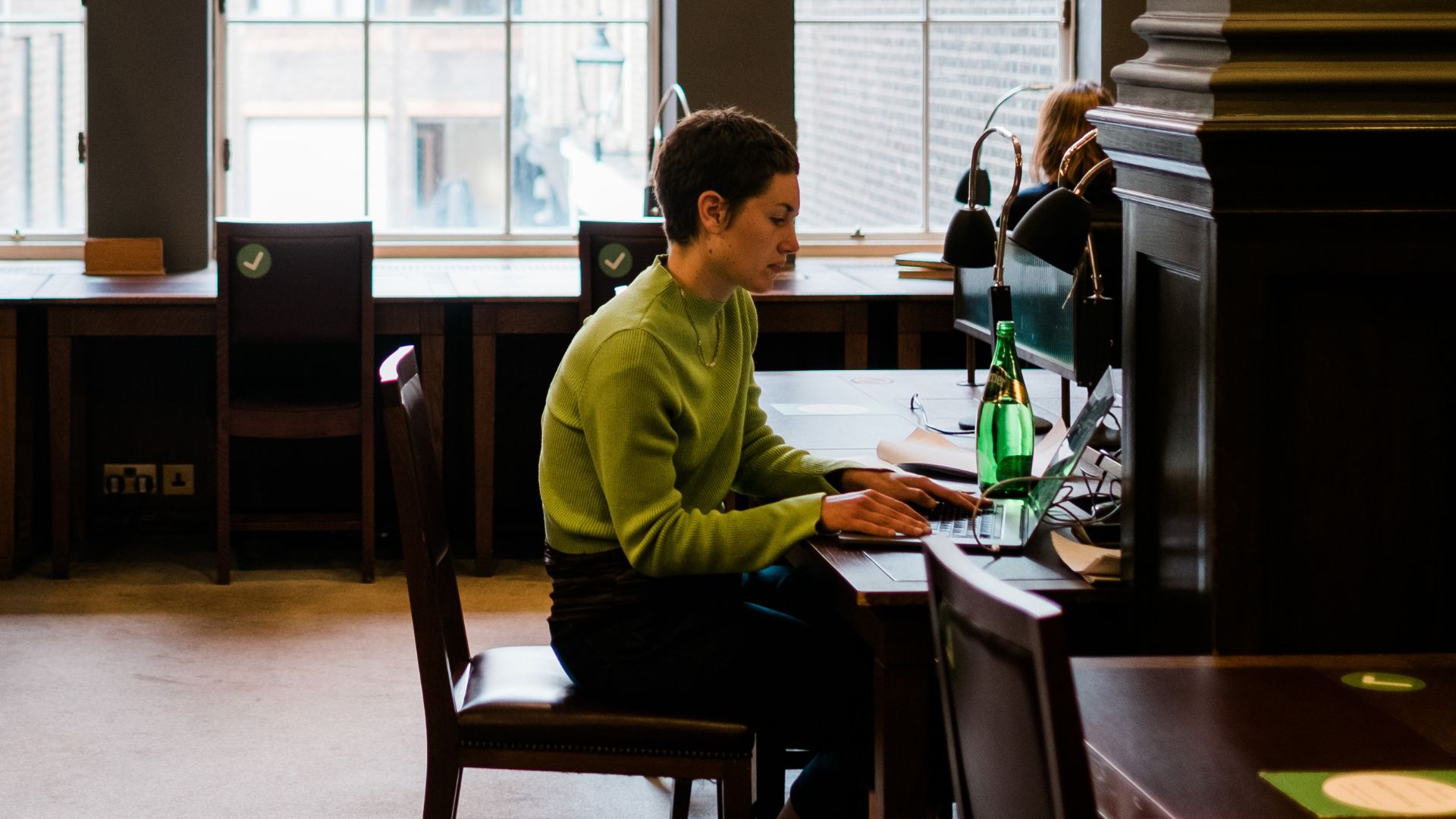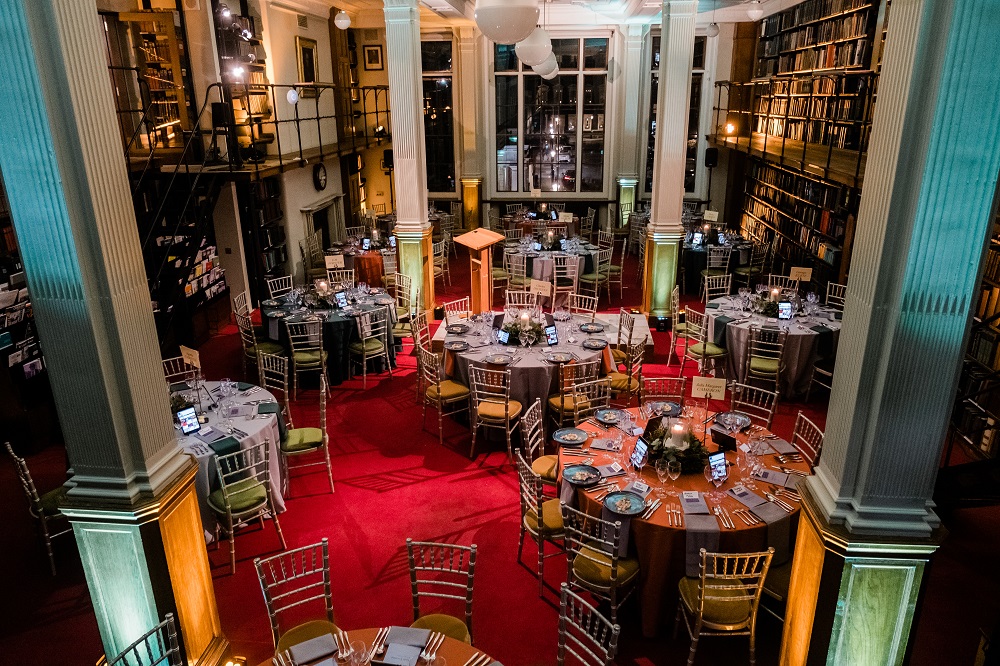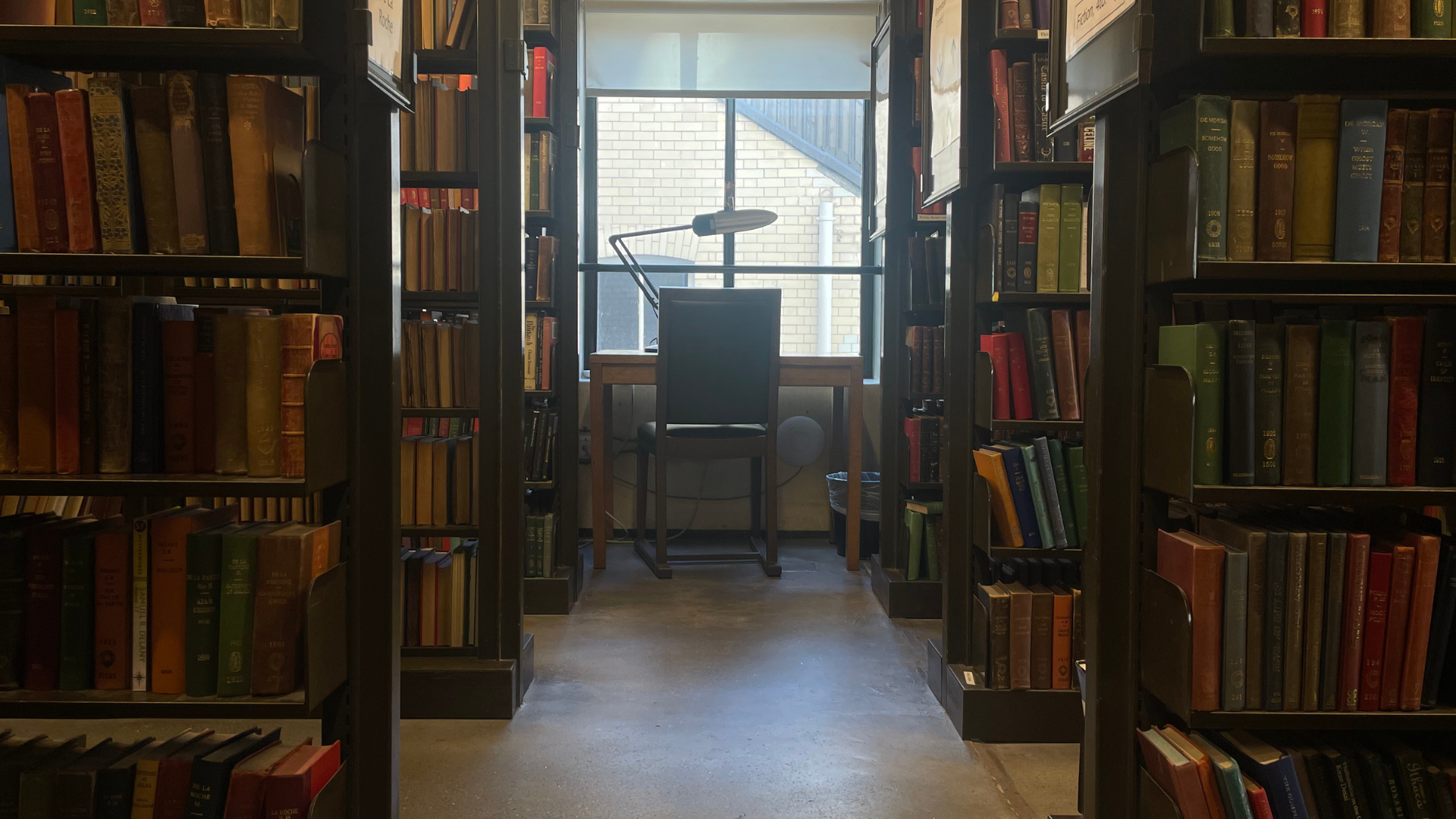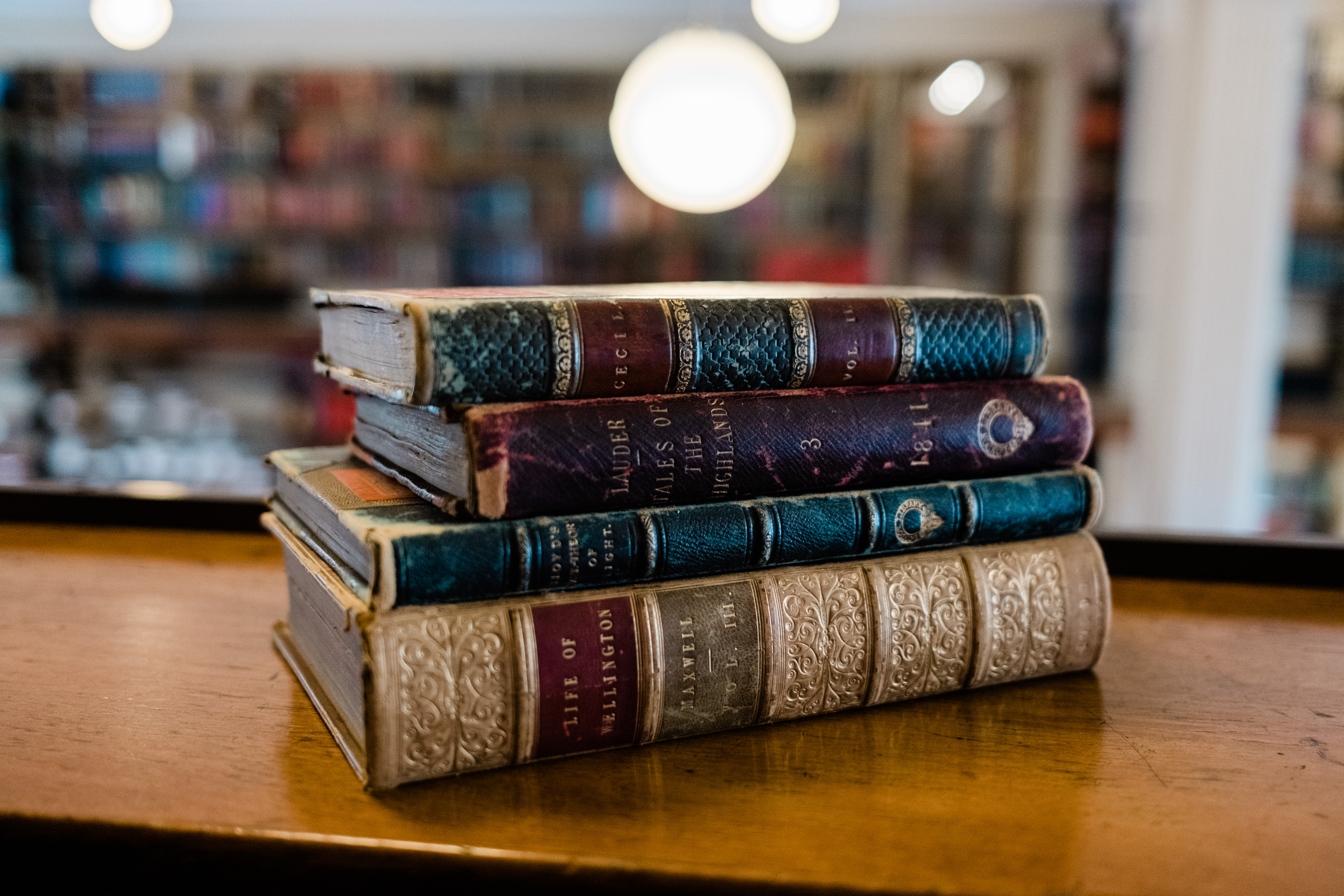Archive Advent Calendar 17 December 2013
The iconic fin de siècle illustrator Aubrey Beardsley (1872-1898) joined the Library in 1896 when he was 23 years old. Closely linked in the popular consciousness with Oscar Wilde, Beardsley’s iconic and risqué illustrations for Wilde’s illustrated edition of Salome were commissioned when he was just twenty-one and caused a scandal when published.
Beardsley’s art and public persona are indelibly stamped on the short-lived but hugely influential avant-garde magazine The Yellow Bookpublished by John Lane at the Bodley Head between 1894 and 1897. The first volume appeared with a cover illustration by Beardsley and included four additional drawings. Beardsley’s artistic vision was key to the impact and profile of the magazine.
The Yellow Book and Beardsley’s association with it became inextricably, if inaccurately linked with the arrest of Oscar Wilde at the Cadogan Hotel in 1895 as the Press reported that Oscar had a copy under his arm. It resulted ultimately in Beardsley’s dismissal from the Bodley Press as John Lane withdrew Wilde’s plays from further publication.
Note the address Beardsley gives on his form – 10 St James’s Street. When Beardsley joined the Library he was occupying rooms Wilde had used.at Geneux’s Hotel 10-11 St James’s Place. Beardsley died when he was twenty-five years old but left a lasting mark on fin de siècle art and illustration.
The publisher John Lane (1854-1925) joined t he Library in 1895. He was an innovative entrepreneur who turned a second-hand bookshop called the Bodley Head at 6B Vigo St in London into a distinctive publishing house with a stellar list of new literary talent. Like Beardsley he was introduced to membership of the Library by the scholar and writer Arthur William Symons (1865-1945) whose major work The Symbolist Movement in Literature was hugely influential on early modernist writers including W.B. Yeats and T.S. Eliot.
The Library’s membership records are impossible to view in isolation: in combination they reveal rich interlinked literary, social and artistic networks which intersect with literary and cultural life in unique and compelling ways. Building on the work completed for my MRes the Library’s membership records, in their historical entirety, are one of the building blocks in my PhD research which will apply big data text mining and network visualization technologies to examine the relationships between the Library’s membership, book collections and the nation’s published oeuvre.
© Helen O’Neill Archive, Heritage and Development Librarian


